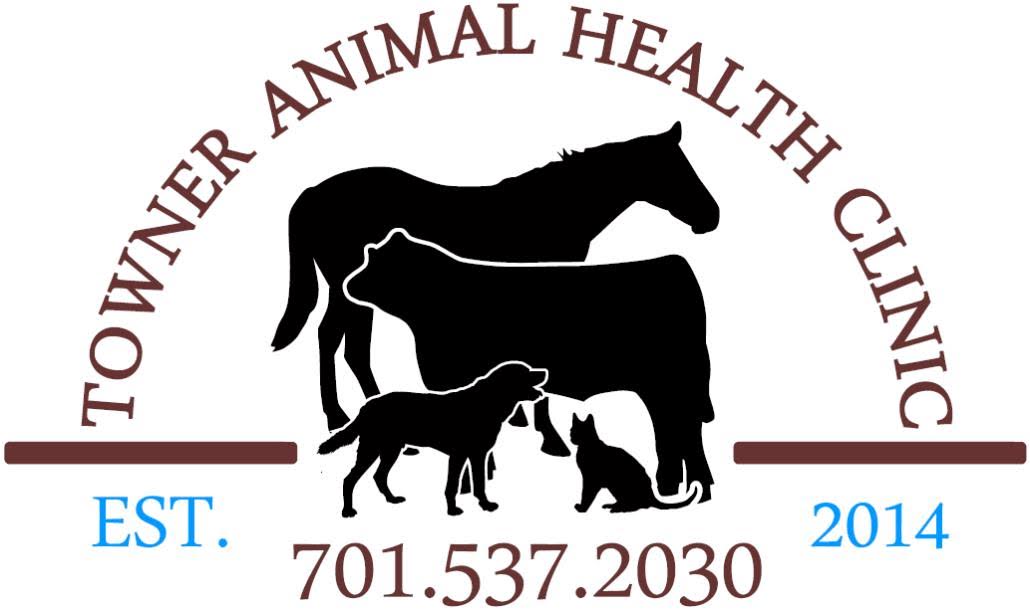Library
-
Alveolar osteitis, also called expansile osteitis, is a relatively common condition that results from chronic periodontal disease in cats. It is painful and can interfere with grooming and eating. If this disorder is detected early, it may be possible to treat the disease without tooth extraction by performing thorough periodontal therapy (dental cleaning and scaling).
-
The American Animal Hospital Association and American Veterinary Medical Association have established guidelines to standardize preventive health care for cats, helping them to live longer, healthier lives. This handout provides an overview of the recommendations within these guidelines and why they are so important.
-
Odontogenic fibromas, sometimes previously referred to as an epulis, are benign tumors of the mouth often at the front of the upper jaw. These may be locally invasive and may cause some oral pain. Surgery is the recommended course of action to treat this condition.
-
Chronic upper respiratory tract disease in cats results from inflammation of any part of the upper respiratory tract. Many conditions contribute to this. Treatment is based on the underlying cause.
-
Running a veterinary clinic has a lot of overhead and behind the scenes cost that many pet owners aren't aware of. Human healthcare is far more expensive and less efficient than you realize. Plan ahead and take preventive steps to help reduce treating costly problems.
-
Most cats instinctively hide their pain as a survival mechanism which can make detecting pain in cats a challenge. Although the signs may be subtle, careful observation of a cat’s everyday behaviors will often reveal pain when it is present. These signs may include changes in behavior, mobility, elimination, and grooming habits. Common pain medications include NSAIDs and opioids. Your veterinarian will choose the appropriate drugs based on your cat's specific needs.
-
This handout summarizes breeding and queening (giving birth) in cats and the normal estrus (heat cycle). Pregnancy care and labor care are outlined, along with signs to watch for to determine if your cat is experiencing delivery complications.
-
Asthma or bronchitis is a fairly common condition affecting cats. It occurs as a result of the airway being hypersensitive to certain stimuli, resulting in airway constriction, excess mucus production, and air trapping. Diagnostics include a physical exam, blood tests, x-rays, bronchoscopy, and bronchial or tracheal lavage. As asthma cannot be cured, treatment is aimed at the management of the disease using a combination of steroids and bronchodilators. Adjunct treatments include modifying the environment to reduce exposure to the noxious stimulus, hypoallergenic diet trials, and acupuncture.
-
Pet health insurance policies are primarily designed to cover accidents and illnesses. Pet insurance policies do not cover pre-existing conditions, and some have bilateral exclusions, meaning for example, if one knee has required ligament surgery, the other knee is automatically excluded for the same condition. Synthesized information about coverage and exclusions can be found on aggregator sites, such as PetInsuranceInfo (petinsuranceinfo.com). The factors that affect premiums include age, species, breed, the region you live, deductible amounts, co-insurance, and in some cases annual payout limits. Generally, it is less expensive to insure your pet when it is young and healthy, rather than waiting until it is older and more prone to illness. Educate yourself to understand the terms and conditions of the pet insurance you buy for your pet.
-
Regular preventive health care for your cat can increase the length and quality of her life. Healthcare guidelines are established and kept up to date using the most recent evidence-based recommendations including the recommendation that all cats receive a complete veterinary examination at least once a year or more frequently, depending on their individual needs and health concerns.

